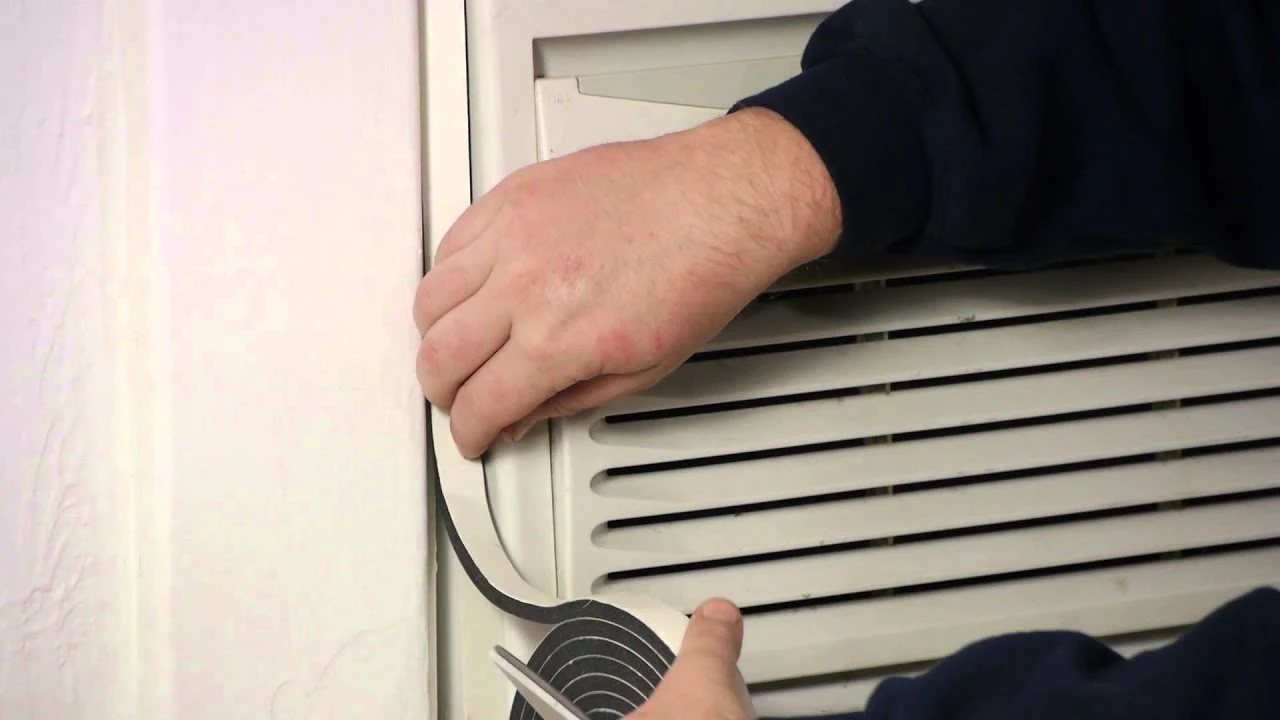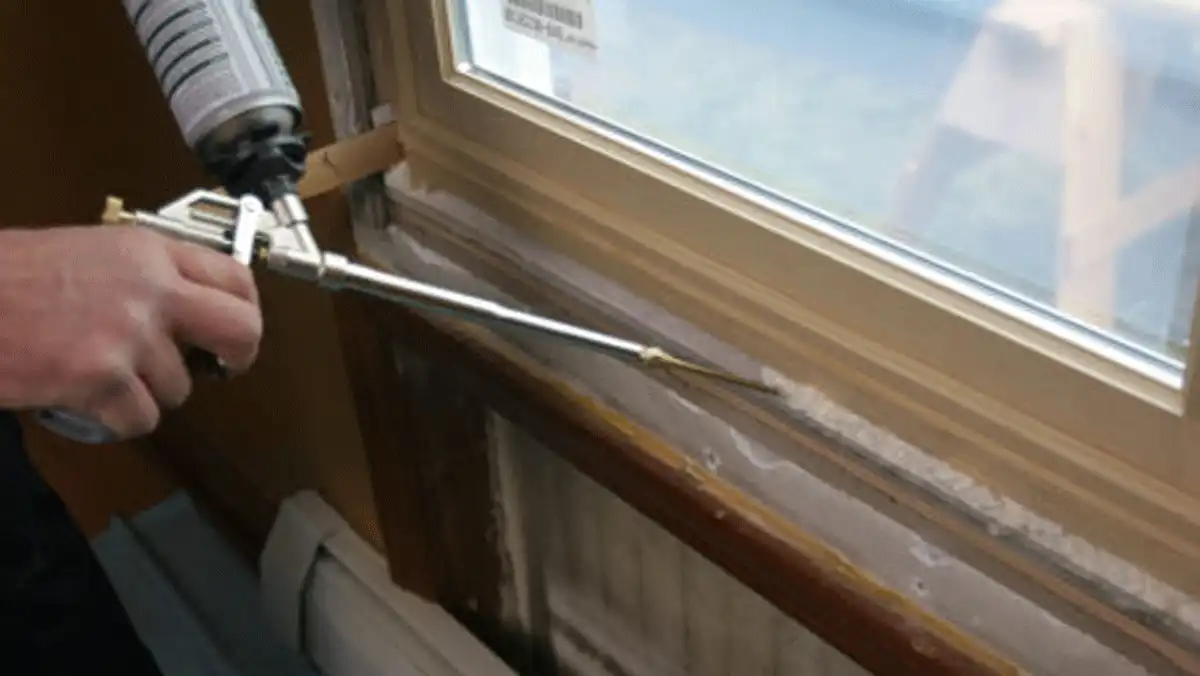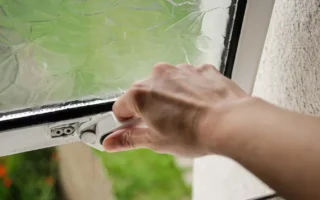Understanding the Importance of Sealing Window Gaps
Windows are essential for letting natural light into your home and providing ventilation. However, when there are gaps around the windows, they can be a source of energy loss and discomfort. These air leaks allow cold drafts in winter and hot air in summer, making it harder to maintain a comfortable temperature indoors.
Sealing window gaps is crucial not only for enhancing your comfort but also for improving energy efficiency. You can reduce your heating and cooling costs significantly by preventing warm or cool air from escaping. Sealing these gaps helps prevent dust, insects, and noise from entering your home.
Common Causes of Window Air Gaps

Have you ever noticed a draft coming in through your windows, even when closed? It’s likely due to common causes of window air gaps. One primary reason for air leaks is aging or damaged window seals. Over time, the weatherstripping around windows can wear down, causing gaps that let cold air seep into your home.
Another common cause of window air gaps is poor installation. If windows are not properly installed or if there are gaps between the frame and the wall, it can lead to drafts and reduced energy efficiency. Settling homes or shifting foundations can create spaces where windows no longer fit snugly.
Even small cracks or openings around window frames can contribute to significant heat loss during colder months. Sometimes, simple wear and tear from daily use can also loosen seals and allow air leaks to occur. Identifying these common causes is crucial in effectively sealing window air gaps for better insulation and energy savings.
Materials Needed for Sealing Window Gaps
When sealing window gaps, having the right materials is essential for a successful job. The following items are essential:
Weatherstripping:
This flexible material helps fill in gaps and cracks around windows, preventing drafts from sneaking into your home.
Caulk:
A versatile sealant that can seal small gaps and cracks around window frames.
Foam sealant:
Ideal for filling larger gaps or spaces where air leaks into your home.
Plastic film insulation kit:
Great for adding an extra layer of protection against cold drafts during the winter months.
Window insulation tape:
An easy and effective way to create a tight seal between the window frame and glass panes.
Step-by-Step Guide on How to Seal Window Air Gaps

To start sealing window air gaps, the first step is to inspect the windows closely for any visible openings or cracks. Use a flashlight to help identify potential areas of concern. Next, gather your materials: caulk gun, weatherstripping, foam sealant, and putty knife.
Begin by applying weatherstripping around the edges of the window frame to create a tight seal. Then, use a caulk gun to fill in any gaps or cracks between the window frame and wall with silicone caulk. Be sure to smooth out the caulk with a putty knife for a clean finish.
For larger gaps or holes, consider using foam sealant, which expands to fill up space effectively. Remember to follow manufacturer instructions when using foam sealant, as it can be messy if not used properly.
Once you have sealed all visible gaps and cracks, double-check your work by running your hand along the perimeter of the window to feel for any drafts. Repeat these steps for each window in your home for maximum insulation benefits.
Additional Tips for Better Insulation and Energy Efficiency
Now that you’ve sealed those window air gaps, let’s discuss additional tips to enhance your home’s insulation and energy efficiency. Installing thermal curtains or blinds further blocks drafts and retains heat during colder months. These can also help keep your space cool in the summer by minimizing heat gain.
Another simple yet effective tip is to use weatherstripping around doors and windows to prevent air leaks. This easy DIY solution can make a significant difference in maintaining a comfortable indoor temperature year-round.
Sealing ducts with foil tape and adding insulation in attics, basements, and crawl spaces will also improve overall energy efficiency. Regular maintenance of HVAC systems, such as cleaning filters and scheduling annual tune-ups, can ensure optimal performance.
Benefits of Sealing Window Air Gaps
When sealing window air gaps, the benefits go beyond just energy efficiency. Properly sealing these gaps can improve indoor air quality by preventing dust and pollutants from entering your home. This can lead to a healthier living environment for you and your family.
Sealing window gaps can help reduce outside noise infiltration, creating a quieter and more peaceful atmosphere inside your home. Say goodbye to unwanted street noises or loud neighbors disrupting your peace.
Properly sealed windows maintain a consistent temperature in your home throughout the year. This means you won’t have to constantly adjust your thermostat to stay comfortable, leading to potential energy savings on your utility bills.
Conclusion
After following the step-by-step guide and implementing the tips for better insulation, you can enjoy a more comfortable home with reduced energy bills. Sealing window air gaps is a simple yet effective way to improve your living environment and contribute to energy savings. By taking the time to seal these gaps, you not only enhance the comfort of your space but also reduce your carbon footprint. Start sealing those window air gaps today and reap the benefits of a well-insulated home.




